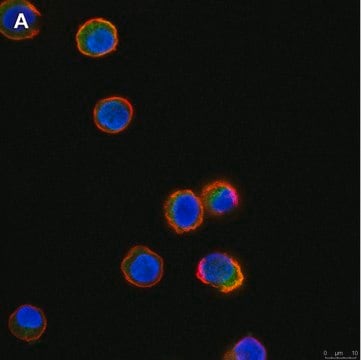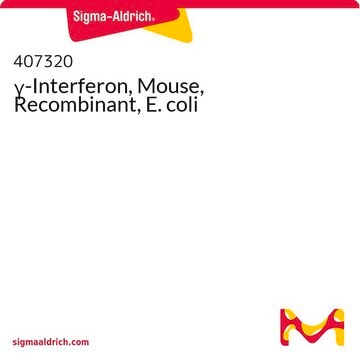664936
Poly[tris(2,5-bis(hexyloxy)-1,4-phenylenevinylene)-alt-(1,3-phenylenevinylene)]
Synonym(s):
PTDPV
About This Item
Recommended Products
form
solid
mol wt
average Mn 18,400
average Mw 30,200
fluorescence
λex 448 nm; λem 518 nm in chloroform
Application
Storage Class Code
11 - Combustible Solids
WGK
WGK 3
Flash Point(F)
Not applicable
Flash Point(C)
Not applicable
Personal Protective Equipment
Choose from one of the most recent versions:
Certificates of Analysis (COA)
Don't see the Right Version?
If you require a particular version, you can look up a specific certificate by the Lot or Batch number.
Already Own This Product?
Find documentation for the products that you have recently purchased in the Document Library.
Articles
LEPs enable a wide range of important applications including sensors, flexible LED displays and lighting devices, optical pump lasers, and potentially polymer diode lasers.
Since their discovery, organic light emitting devices (OLEDs) have evolved from a scientific curiosity into a technology with applications in flat panel displays and the potential to revolutionize the lighting market. During their relatively short history, the technology has rapidly advanced, and device efficiencies have increased more than 20-fold, approaching the theoretical limit for internal quantum efficiencies.
Our team of scientists has experience in all areas of research including Life Science, Material Science, Chemical Synthesis, Chromatography, Analytical and many others.
Contact Technical Service![Poly[5-methoxy-2-(3-sulfopropoxy)-1,4-phenylenevinylene] potassium salt solution 0.25 wt. % in H2O](/deepweb/assets/sigmaaldrich/product/structures/111/584/9e24dfe5-3cb6-4bd8-8bc6-cbe82c1b88cd/640/9e24dfe5-3cb6-4bd8-8bc6-cbe82c1b88cd.png)







